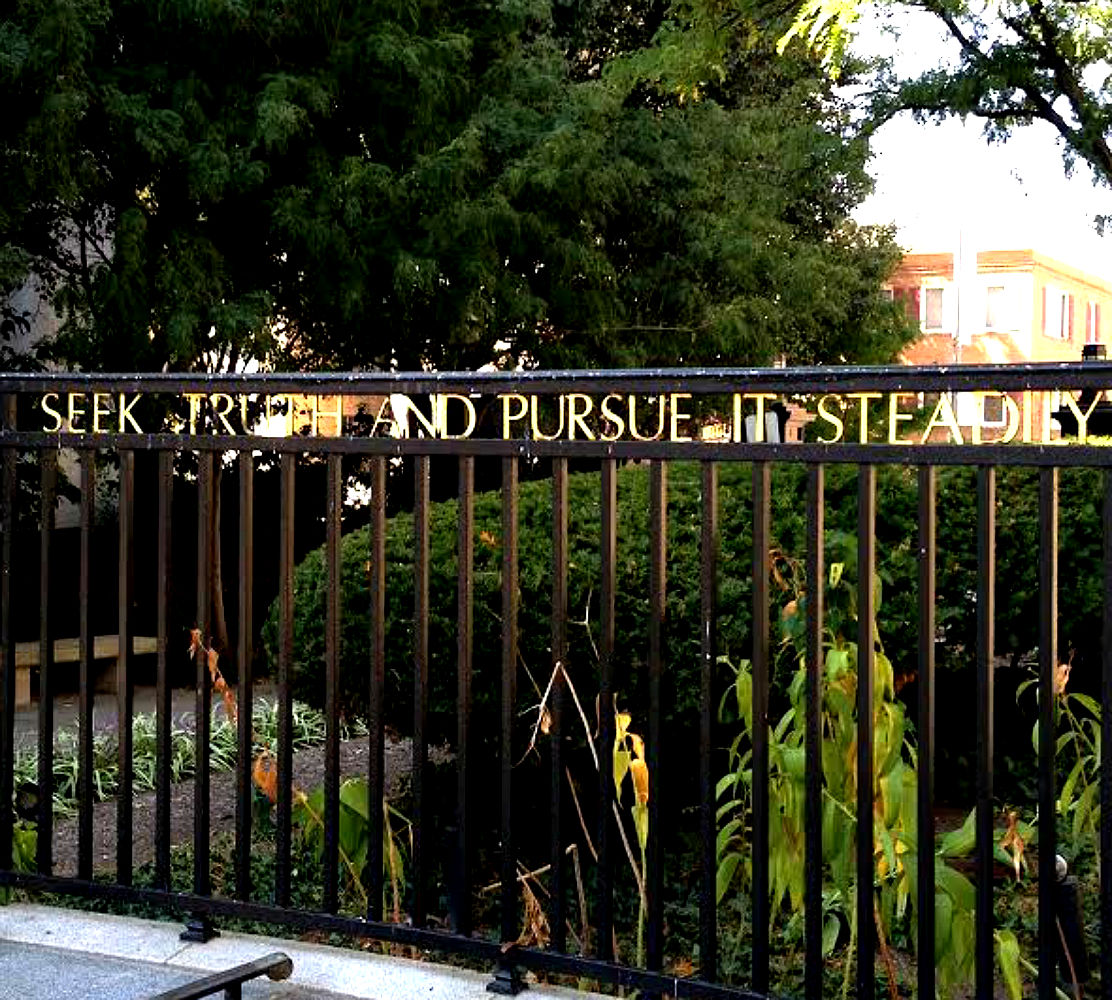“Isn’t she…isn’t she pretty in pink?” – Psychedelic Furs, Pretty in Pink
October in New England. The sky is a brilliant blue, the leaves on the trees are turning impossible shades of orange, yellow, and red.
October is Breast Cancer Awareness Month, so in addition to the brilliant fall colors all around, people are wearing pink clothing and pink ribbons, and products on store shelves has been packaged in pink wrappers. Professional sports teams wear pink. Hospital, civic, and community organizations sponsor special Breast Cancer programs and often have pink treats and pink giveaways to reinforce the message.
One’s inner cynic can easily rise to the surface, and it’s easy to unleash a bit of snark at this pink-splashed world every October. From the little annoyances like markups and surcharges on items because they are repackaged in pink, to the big scandals and exposes on breast cancer organizations who support exorbitant CEO salaries or only spend pennies-on-the-dollar on research, support, prevention, or treatment. And really, who isn’t aware of breast cancer already? (Final person has been made aware of Breast Cancer, from this recent satiric post). I’m really not a “pink” kind of girl, studiously avoiding it for most of my life, so I appreciate those who find pink cringe-worthy.
Not that long ago as a young surgeon in-training and later as a young attending, when I wore my pink ribbon pin people would ask me what it meant. Specifically, doctors asked me about it, and more specifically, other surgeons asked about it. Mostly male surgeons, but then, surgeons were and are still mostly men. Women patients, women physicians, and women surgeons had started to wear the ribbons to raise awareness and show support, but it was relatively small number of people. Breast Cancer was felt to be a women’s disease (although it affects men too), and there were not a lot of options or even challenges to the surgery or for the treatment. Surgeries were deforming, medications made patients quite ill, and outcomes could be depressing and disheartening.
How times have changed.
Guidelines continue to be updated and revised (and debated) as we continue to learn more about this disease, as surgical options and treatments have increased in number and efficacy, as the treatment plans become individualized to each patient based on her personal and family history, sometimes considering her genetic inheritance, and even the genomic variations in the tumor itself. People openly discuss their diagnosis— no longer in whispers or shrouded in secrecy, but out loud, even in public with celebrities and common people alike sharing their stories and experiences. Our conversations swirl around detection, assessing and mitigating risk, and now we talk about prevention strategies, and sometimes even cure. People are living with the diagnosis. This new pink world is a quite different place than it was before.
That’s why I ask you to join me and think about all of this for a little bit. Today we can take for granted that we are all aware of breast cancer and be a bit cynical about about pink ribbons. That’s a milestone in and of itself. But I ask to set aside the cynicism and embrace the celebration of this Pink October. Rethink Pink.
We call it “awareness”, but October has become a celebration of women (and men) who face breast cancer. This pink community is with us all the time, but we mark them/us by coming together so visibly every year, taking moments to honor and remember those we have lost to breast cancer, and to support and encourage those living with it, as well as the families and caregivers who are also along for the journey. We use this time every year to push for the funding and for the research to support the physicians and scientists moving the frontiers forward, improving detection and screening, surgery and treatment. We understand so much more, yet we know how much more there is left to understand, too.
The details and nuances of screening and prevention regimens, treatment protocols and surgical techniques continue to evolve. Early diagnosis, maybe better restated as timely diagnosis, makes a difference, and screening is still important. It is time to encourage conversations with friends and family, with our doctors, to make a plan, your own plan—the plan to screen, and even the plan to prevent.
Pink has not been my favorite color in the past, but especially in October, I go with it. I wear it to honor and support patients, friends, family, and colleagues who are all touched by breast cancer. We are all ourselves part of this community that touches all of us, whether as patients, family, friend, colleague, physician/nurse/healthcare provider or caregiver to someone. We all know somebody.
Join in this celebration or awareness or advocacy or support or community, whatever name you wish to use. Go with the pink. We are all Pretty in Pink.


A timely topic and excellent blog, Kathy.